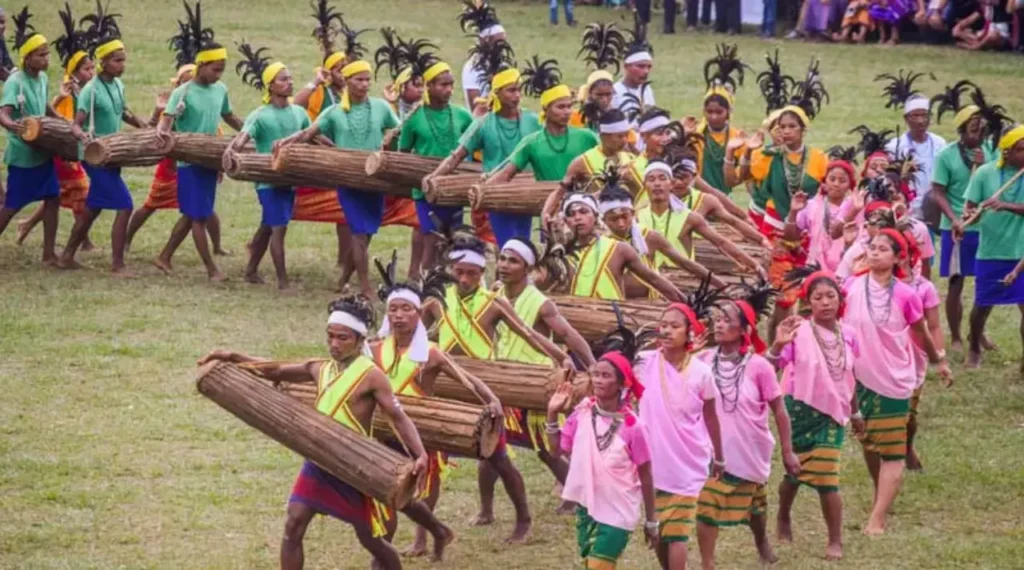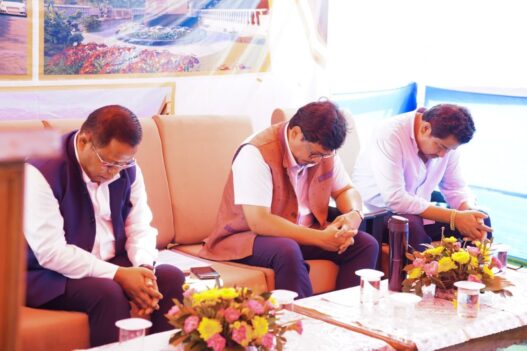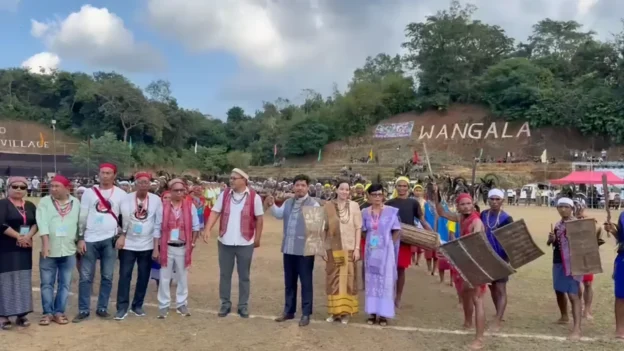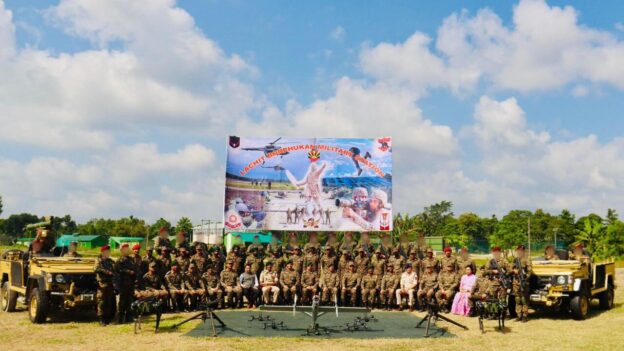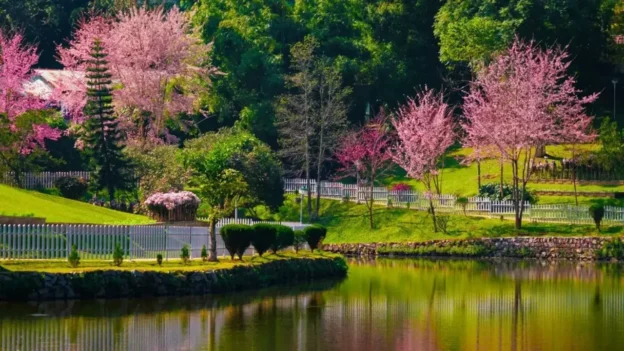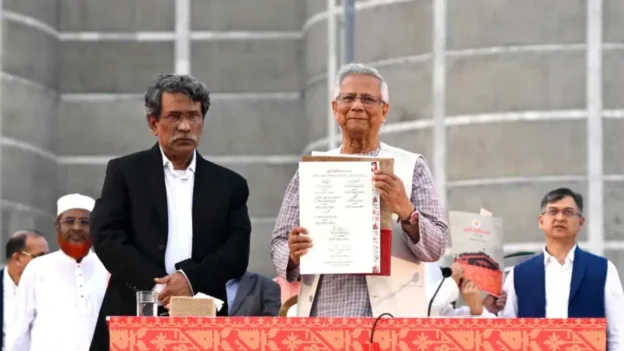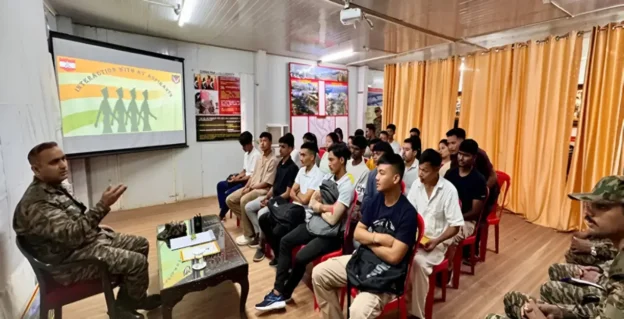As dawn breaks over the mist-laden Garo Hills, a deep rhythmic pulse begins to echo through the valleys. It grows louder with each beat until the hills themselves seem to come alive. This is Wangala, the Festival of a Hundred Drums—an ancient celebration where the Garo people of Meghalaya offer their gratitude to Saljong, the Sun God, for a season of abundance.
Every November, the air in Garo Hills turns electric with anticipation. It is a time when the harvest is done, the fields rest, and the people rejoice. But this year carries a special heartbeat. Wangala celebrates its 50th year—a Golden Jubilee edition that promises to be unlike any before. Meghalaya Chief Minister Conrad K. Sangma will inaugurate the festival as the Chief Guest, joined by Union Ministers and dignitaries, to mark this milestone moment in one of the state’s most cherished traditions.
The festival, rooted in the rhythms of agrarian life, unfolds in two distinct phases. It begins with Rugala, a sacred offering in the home of the village chief, where rice beer and the first grains of the harvest are presented to Misi Saljong, the Sun God. The following day, known as Kakkat, bursts into a vivid spectacle of music, colour, and movement. Men and women, adorned in bright handwoven attire and elaborate feathered headgear, form parallel lines and move in perfect synchrony to the thundering rhythm of long, oval-shaped drums.
Soon, the entire landscape is alive with sound—the resonant thud of drums, the metallic chime of gongs, and the haunting notes of flutes carved from bamboo and buffalo horn. It is a sound that transcends music; it is memory in motion. Each beat speaks of gratitude, each step of resilience. In the swirl of colour and rhythm lies the story of a people bound to their land and traditions, celebrating the eternal dance between toil and joy.
This Golden Jubilee edition of Wangala has been designed as a grand tribute to that legacy. The organising committee has planned a celebration of unprecedented scale, featuring 1,000 drummers and more than 3,000 dancers performing together in what promises to be a breathtaking display of collective spirit. Alongside the performances, visitors will experience a vibrant showcase of indigenous games, folk song contests, traditional sports, storytelling sessions, and exhibitions of local crafts and cuisine.
The festival will culminate in the sacred Rugala and Chachat So’a ceremonies, where the community gathers once again to offer thanks to Saljong and pray for the fertility of the land and the well-being of all.
For the Garos, Wangala is far more than a festival—it is the heartbeat of their cultural identity. It celebrates not just the harvest but the spirit of unity, resilience, and belonging. Even as modern life reshapes the hills, the rhythm of Wangala endures, connecting generations through sound, dance, and faith.
As night descends, the firelight flickers against the hillsides, and the drums rise again—louder, faster, more alive. The earth vibrates, the air hums, and for a moment, it feels as though time itself has joined in the dance. In that rhythm lives the soul of the Garo Hills—a living testament that heritage, when celebrated, never fades; it only grows stronger with every beat.

